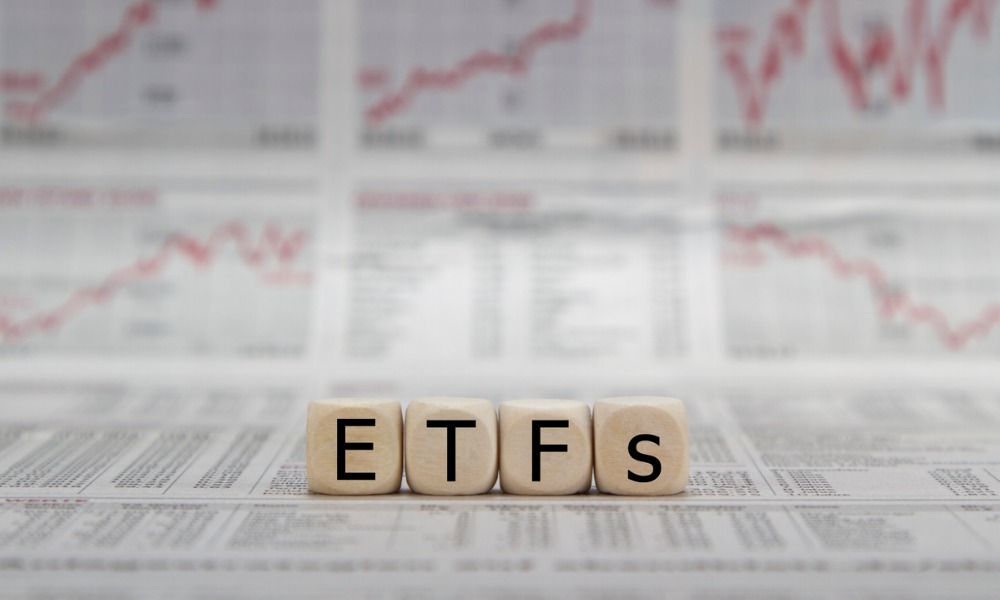Investment activity and savings rate have both increased as Canada’s net worth jumps in the first quarter of 2021

The start of 2021 has been dogged by the pandemic with further restrictions, business closures, and reduced consumer spending.
But while there are those that have suffered from business disruption and reduced income, the average Canadian household has benefitted financially according to official data.
In its first quarter assessment of the national balance sheet, Statistics Canada has reported a $1 trillion increase in the national net worth. That’s the equivalent of an extra $27K per person, taking the per capita net worth to $392,496.
The mix of fast-rising prices in Canada’s housing market, government cash, and increased wages and other employee compensation has boosted household net worth.
Disposable income has increased and with COVID restrictions still limiting spending options, households have been using their spare cash to bolster savings and to invest.
The report shows that $2.5 billion in currency and deposits was added by households in the first quarter of 2021 and the national savings rate increased from 11.9% in the fourth quarter of 2020 to 13.1% in the first quarter of 2021.
StatCan says that net purchases of mutual funds in the first three months of this year reached $33.5 billion, beating out the strong level of the previous quarter.
In late 2020 and early 2021, the report states that households considerably increased their investment in mutual funds and exchange-traded funds (+$59.8 billion).
The value of financial assets rose $193.3 billion (+2.4%), a more modest gain compared with the increase of $332.0 billion in the fourth quarter.
Debt shifts to mortgages
Canadians have been reducing their non-mortgage debt since 2019 and this continued in the most recently reported period.
Although the overall credit market debt of households has increased to almost $2.5 trillion since 2019 (up $123.5 billion), non-mortgage loans were down $13.5 billion to $786.5 billion. However, mortgage debt increased by $136.9 billion to almost $1.7 trillion.
As a share of total assets, household debt fell to 15.4% in the first quarter of 2021, the lowest it’s been since 2002, while there was $1.72 in credit market debt for every dollar of household disposable income.
The increase in mortgage debt, at least in the period reported, was a smart move as the value of residential real estate jumped $595.5 billion in the first quarter, posting a record 9.5% increase.
Seasonally adjusted residential resale activity in the first quarter of 2021 was up almost 12% and the average selling price of existing homes increased by 18.1% from December 2020, surpassing $700,000 at the end of March 2021.
Because the increases in financial assets have not kept pace with real estate, households have a higher share of wealth in non-financial assets, and the housing market has continued to grow in the second quarter.
Inequality by age
The figures show that gains in household wealth were not equally distributed across age groups.
In fact, the wealth gap widened between households with an older major income earner aged 55+ and those whose primary income was from someone under 35.
The net worth of the younger households was around $260K while the older cohort was worth $1.1 million.
However, when taken as a share of their net wealth, the younger group saw a 10.2% increase in the first quarter of 2021, compared to 5.1% for the older group.



